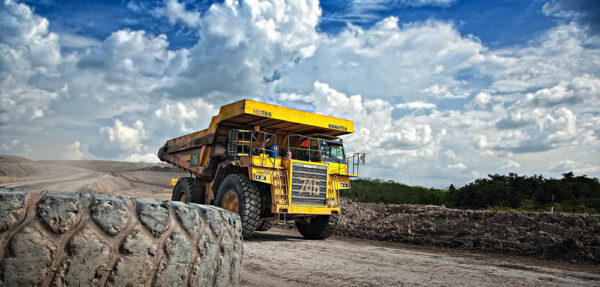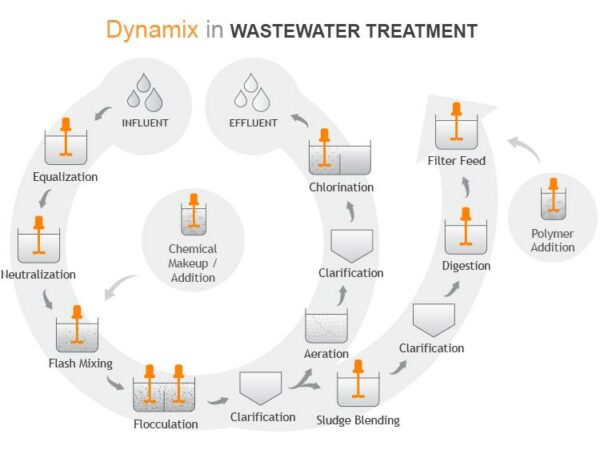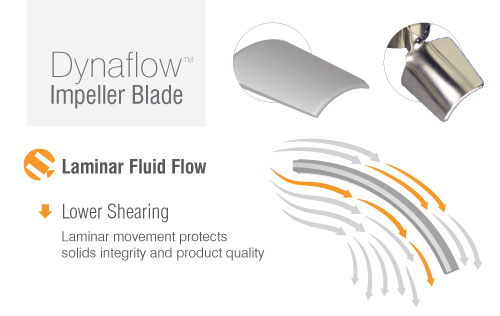
Industrial Mixer Reliability and Longevity – A Case Study
One of Dynamix’s business pillars is to produce quality products that are reliable and have longevity. We consistently see repeat customer orders for products that have been in service for 12-30 years, or more. One such customer has reordered an Industrial Agitator that has served them for over 15 years. This one came in for a rebuild in perfect working order. Application: Germanium Releach Reduction Model: NMX-7-23-30 30HP @ 79rpm, Single 48” P4 impeller mounted on a 4” Sch 40 pipe shaft 152” long Application Details: Application: Germanium Slurry, Viscosity: 100cps S.G. 1.6 S Solid size 9.2um Solid Conc: 40% This industrial mixer is meant to be used when mining coking coal. This type of coal was generally shipped to smelters to be used to make steel, and by our




